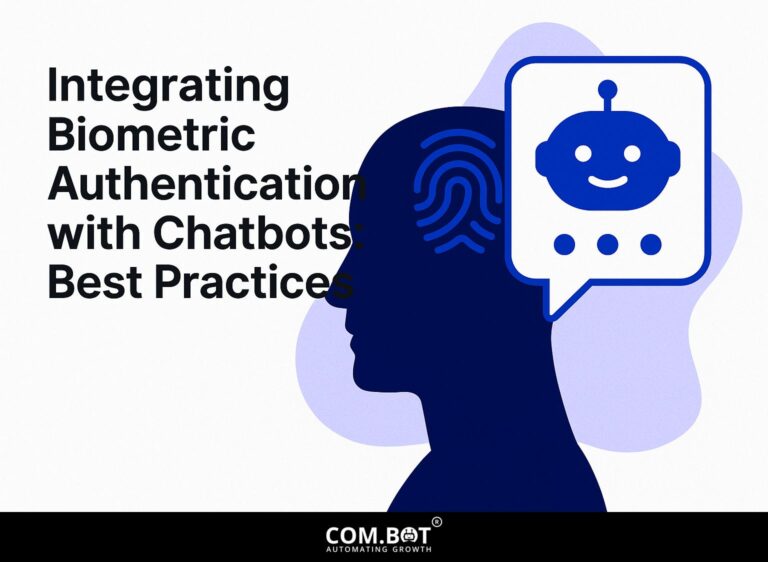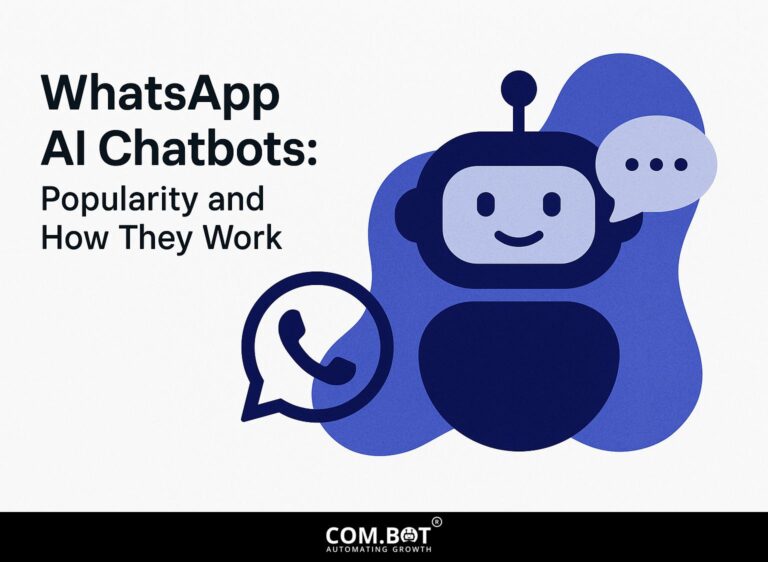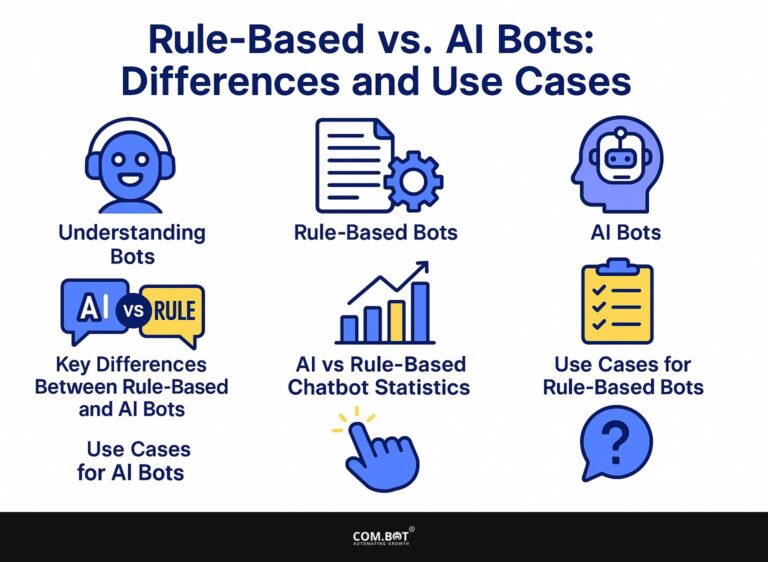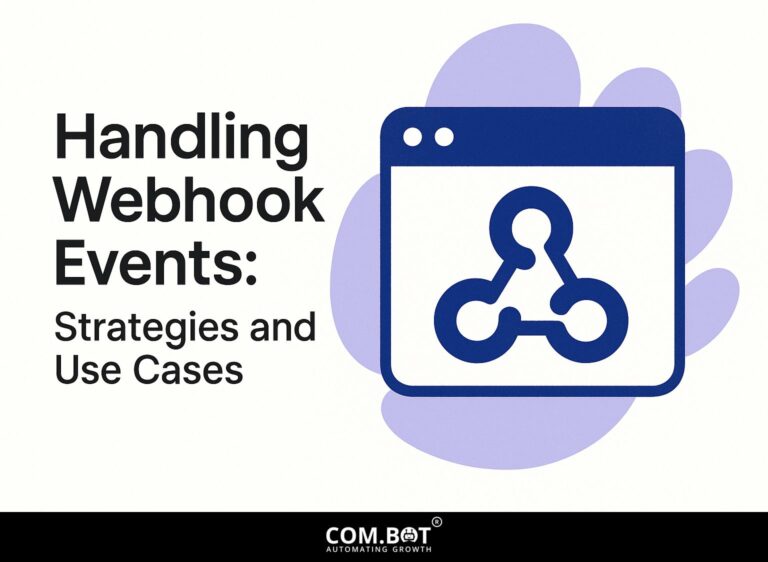Creating Stickers and Images with WhatsApp AI: Techniques
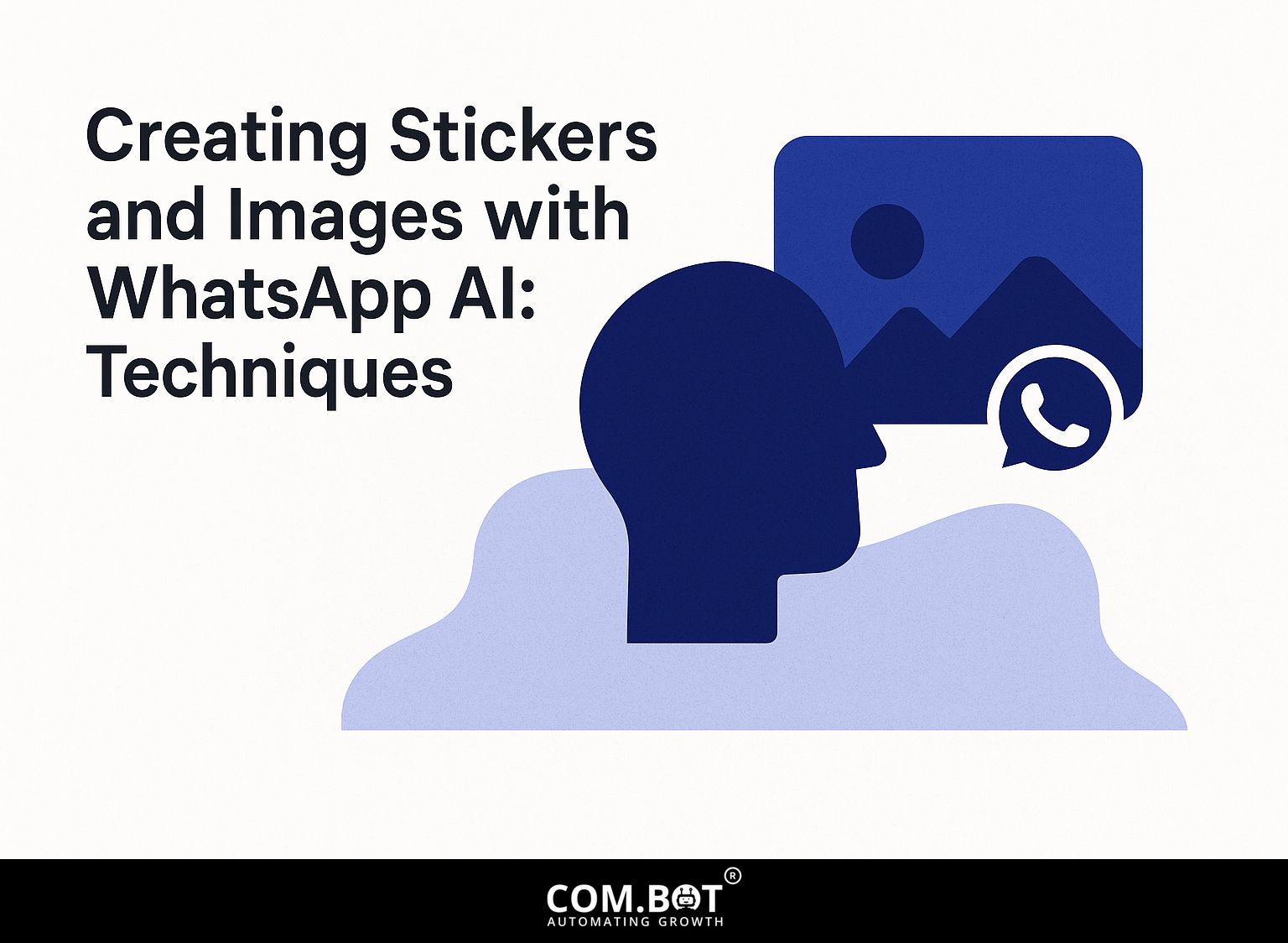
Learn how to make attractive stickers and pictures using WhatsApp AI to express your creativity. Using effective tools like ChatGPT and DALL*E, you can turn your thoughts into lively images. This article will guide you through innovative techniques for designing custom stickers and enhancing images, ensuring your creations stand out in the WhatsApp community. Learn how simple it is to turn your ideas into reality!
Key Takeaways:
- Learn the basics of WhatsApp AI for creating stickers and images.
- Learn about AI in creating images and common tools for making impressive pictures.
- Learn how to create personalized stickers and improve your images with WhatsApp’s Sticker API and AI editing tools.
- 1 Understanding AI Image Generation
- 2 Creating Custom Stickers
- 3 Techniques for Image Enhancement
- 4 Sharing and Distributing Stickers
- 5 WhatsApp AI Sticker Usage Statistics
- 6 WhatsApp AI Sticker Usage Statistics
- 7 Frequently Asked Questions
- 7.1 1. What is WhatsApp AI and how can it be used for creating stickers and images?
- 7.2 2. What are the techniques available for creating stickers and images with WhatsApp AI?
- 7.3 3. How can I access the sticker suggestions feature on WhatsApp AI?
- 7.4 4. Can I customize the stickers and images created with WhatsApp AI?
- 7.5 5. Is it possible to use my own images for creating stickers with WhatsApp AI?
- 7.6 6. Are there any limitations to creating stickers and images with WhatsApp AI?
Understanding AI Image Generation
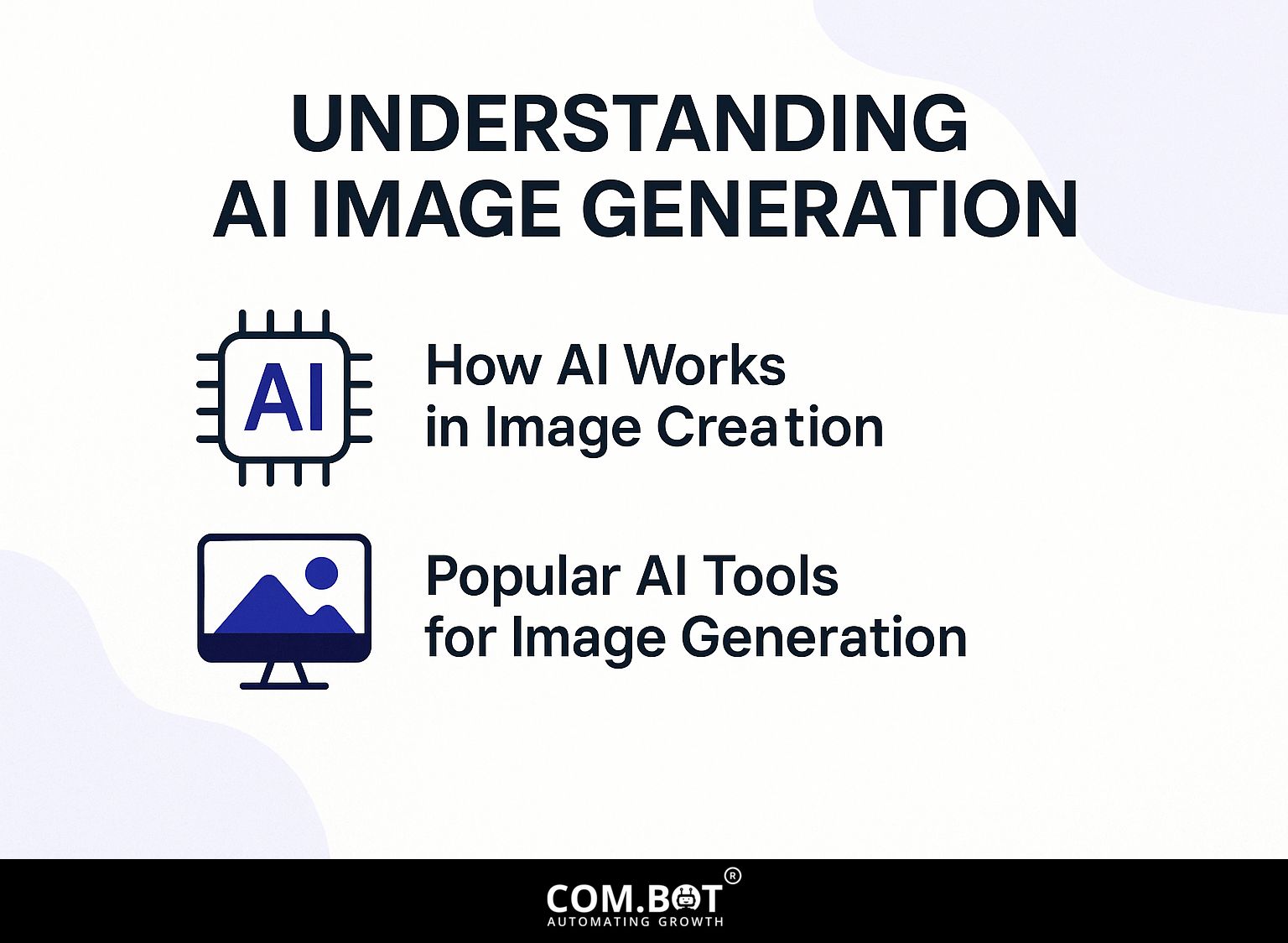
AI image generation uses complex computer programs to create one-of-a-kind pictures from text descriptions, altering the way content is produced for online communication. Related insight: AI Analysis: Audio and Image Processes and Benefits
1. How AI Works in Image Creation
AI image creation uses neural networks, such as Generative Adversarial Networks (GANs), to convert text instructions into pictures, mimicking human creativity.
In essence, GANs consist of two networks: the generator, which creates images, and the discriminator, which evaluates them against real images. This process involves repeating steps. The generator enhances its images by changing them according to feedback from the discriminator, resulting in improved quality over time.
For example, typing in a request like ‘a corgi in a space suit’ makes the generator create an image that combines a corgi with elements of a space suit, resulting in a distinct image. Programs such as Artbreeder and DALL-E allow users to make striking images using text prompts.
2. Popular AI Tools for Image Generation
Leading AI tools like DALL*E ($0.10/image) and ChatGPT ($20/month for GPT-4 Turbo) are setting the standard for generating rich, original images for stickers.
Other well-known AI tools include:
- Midjourney ($10/month) is excellent for creating fantasy-style art.
- Stable Diffusion (free but can be $10/month for more features), perfect for users wanting adjustable options.
Marketers often choose Jasper AI ($49/month) for creating text since it offers different templates and is easy to use. Think about what fits your needs: use DALL*E for simple pictures, Midjourney for imaginative ideas, or Jasper for writing text. Explore the benefits of integrating these AI tools and pick the one that best fits your project.
Creating Custom Stickers
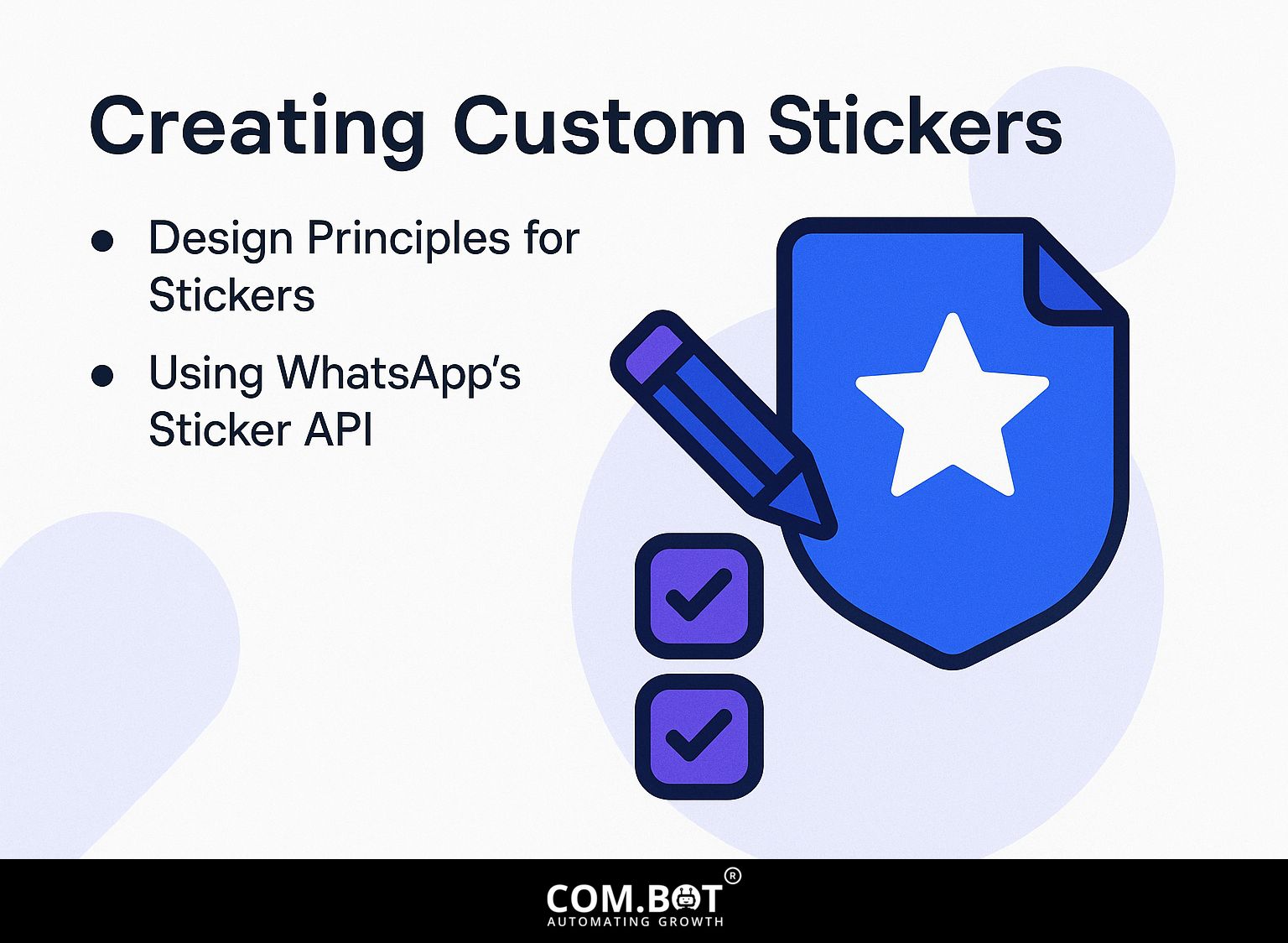
Making personalized stickers for WhatsApp requires knowing basic design rules and using the Sticker API for correct integration.
1. Design Principles for Stickers
Effective sticker design requires a blend of creativity and clarity, ensuring that each sticker conveys specific emotions or messages succinctly. To achieve this, focus on five key design principles.
- First, prioritize simplicity by avoiding cluttered visuals, allowing the message to stand out.
- Second, use colors and shapes that connect with your target audience.
- Third, consider scalability; your stickers should be recognizable in both small and large formats.
- Fourth, make sure your designs reflect the emotions you want to convey.
- Be culturally sensitive by researching your audience to avoid designs that may be deemed offensive.
Applying these ideas will improve the quality and effect of your sticker designs.
2. Using WhatsApp’s Sticker API
WhatsApp’s Sticker API simplifies the process of integrating custom stickers into chats, offering developers clear guidelines for file format and user experience. To create custom stickers, follow these steps:
- First, set up a sticker pack with a unique name and author.
- Next, upload your images in PNG format, ensuring each has a transparent background and is approximately 512×512 pixels for optimal display.
- Register the sticker pack using the provided API functions to make it available on WhatsApp.
- Check your stickers in real conversations to make sure they show up and work properly.
This integration usually only takes a few hours, providing a quick way to improve chat experiences.
Techniques for Image Enhancement
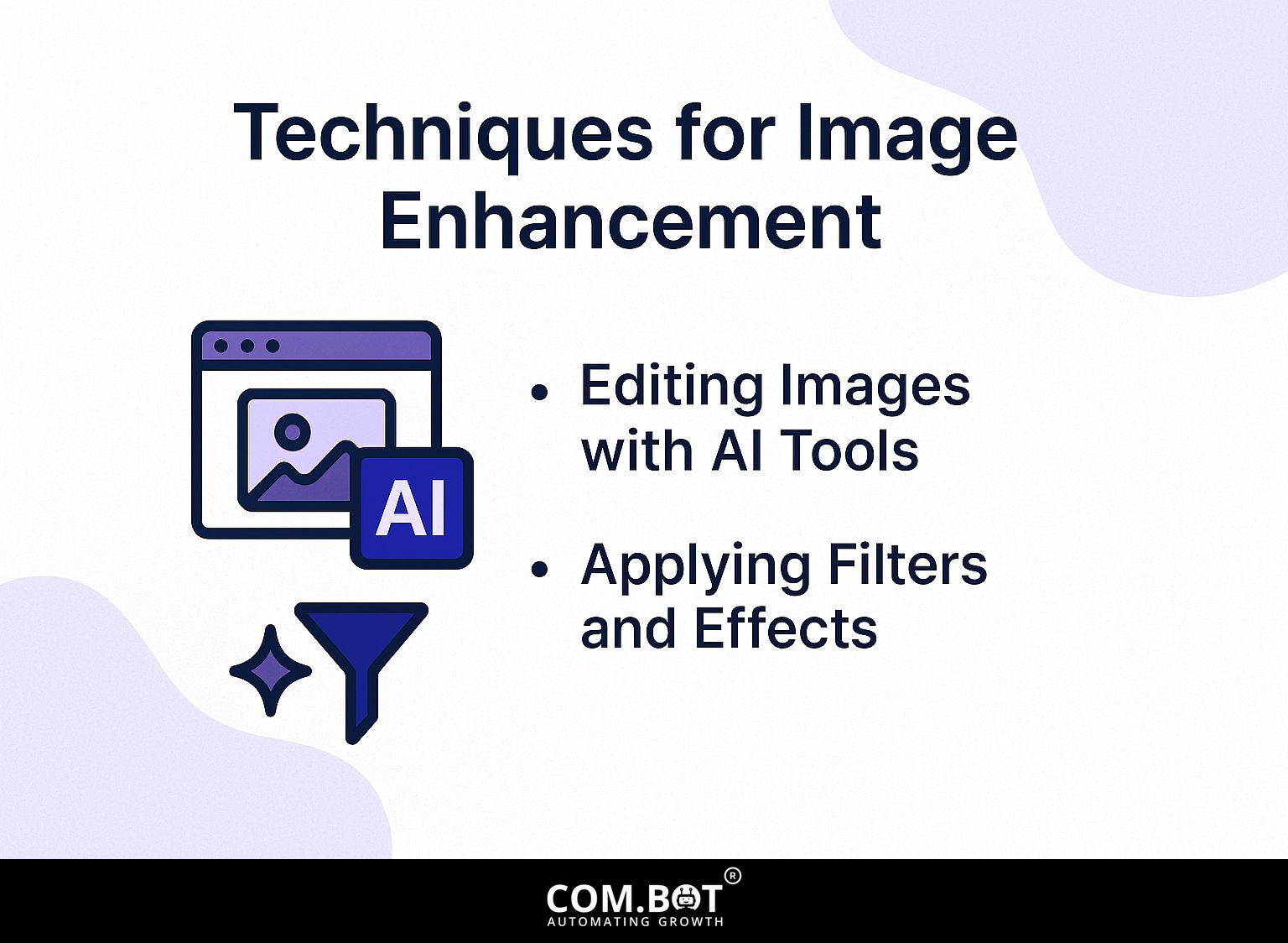
Improving pictures using different tools and methods can make them look better, leading to a neat finished product when making stickers. To enhance understanding of these methods, explore the benefits of AI-driven image processes that can further refine the quality of your creations.
1. Editing Images with AI Tools
AI editing tools such as Photoshop ($20.99/month) and Background Eraser (free) offer powerful tools for enhancing images before creating stickers.
Canva ($12.99/month) complements these tools with its user-friendly drag-and-drop interface, ideal for creating customized designs.
- First, open your image in Photoshop for detailed edits using its complex layering and effects tools.
- For simpler tasks, Background Eraser excels in quick background removal, allowing for instant sticker production.
Use Canva to arrange your images creatively, employing templates and text options to complete your design. This combination makes for a well-rounded workflow that caters to different editing needs.
2. Applying Filters and Effects
Applying filters and effects can greatly alter the appearance of a photo, enhancing its appeal and making stickers stand out. To apply filters effectively, start with Snapseed. Open your image, then tap on ‘Tools’ and select ‘Filters.’
Experiment with the ‘Drama’ filter for a moody effect, or ‘Vintage’ for a nostalgic vibe. On Instagram, select ‘Edit’ and try filters such as ‘Clarity’ to make the image clearer and ‘Warmth’ to give it a cozy feel.
A powerful mix could be using ‘Vivid’ with ‘Glow’ on Snapseed for a strong effect. On Instagram, ‘Lark’ and ‘Lux’ filters can make scenery photos look brighter and more attractive. These combinations encourage emotional expression, whether for social posts or personal projects.
Sharing and Distributing Stickers
To effectively share and spread stickers on WhatsApp, careful planning and following recommended methods are needed to connect with more people.
WhatsApp AI Sticker Usage Statistics
WhatsApp AI Sticker Usage Statistics
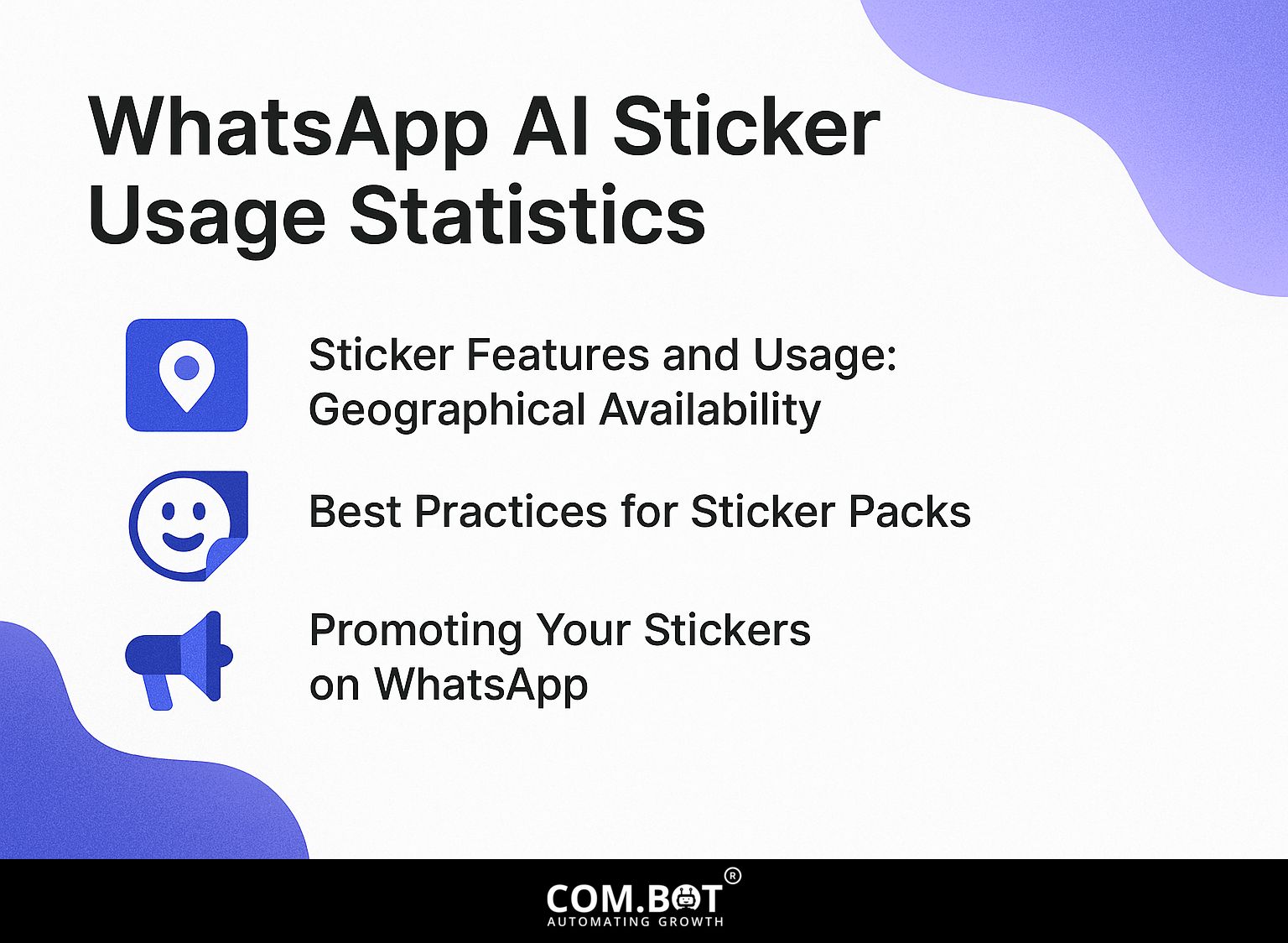
1. Sticker Features and Usage: Geographical Availability
The WhatsApp AI Sticker Usage Statistics give information about where AI stickers can be accessed and the languages they support on the platform. This data reveals the broad accessibility and user inclusivity of this feature.
Sticker Features and Usage data highlights that AI stickers are fully available in the US, with a 100% availability rate. The widespread use of WhatsApp in the United States shows that many people use it, highlighting the company’s focus on providing the latest features to users in this area.
For language options, the data shows that for iOS users, AI stickers are fully available in English, with a 100% availability rate. This makes sure that all iOS users who prefer English can access and use these stickers, providing an easy experience. In terms of other languages, AI stickers are also available in Spanish and Bahasa Indonesia for Android users, again at a 100% availability rate. This update shows WhatsApp’s attempt to serve various language users, improving how people use and interact with the app among different groups.
- Geographical Availability: The complete availability of AI stickers in the US indicates a strategic rollout in a significant market, ensuring users have access to the latest features.
- Language Options: The availability in English for iOS and Spanish and Bahasa Indonesia for Android showcases WhatsApp’s approach to inclusivity and broader user engagement by catering to multiple language speakers.
In conclusion, the WhatsApp AI Sticker Usage Statistics share a carefully thought-out plan for launching that targets important markets and includes all users. By offering these features across the US and supporting various languages, WhatsApp increases user interaction and happiness, presenting itself as focused on users.
2. Best Practices for Sticker Packs
Making sticker packs that connect with users involves using practical methods to make them useful and attractive.
One effective approach is to keep your sticker packs between 8 to 24 stickers, ensuring enough variety without overwhelming users.
Different ways of expression, like showing feelings, doing activities, or using common items, fit various ways people communicate and help keep users interested.
Updating your packs regularly can make them more interesting, encouraging users to return often. Listening to feedback helps you improve designs and include features that users actually need. Keeping a uniform design style builds a brand that users know and trust.
3. Promoting Your Stickers on WhatsApp
Effective promotion of your WhatsApp stickers is essential for reaching potential users and increasing engagement.
Begin by using Instagram and Facebook to display your stickers in interesting ways. Share short videos demonstrating how to use the stickers in chats, or run polls to involve your audience in the design process.
Working with well-known influencers who connect with your audience can greatly increase your exposure. Ask users to talk about their favorite sticker experiences and start conversations that bring people together around your stickers.
With consistent engagement and creativity, you’ll attract more users to your WhatsApp sticker collection.
Frequently Asked Questions
1. What is WhatsApp AI and how can it be used for creating stickers and images?
WhatsApp AI is a feature that uses artificial intelligence to improve how you message on WhatsApp. With this feature, users can create stickers and images using various techniques and tools provided by the AI.
2. What are the techniques available for creating stickers and images with WhatsApp AI?
Some methods for making stickers and images with WhatsApp AI include sticker recommendations, cropping images intelligently, and removing backgrounds. These techniques make the process of creating stickers and images more efficient and user-friendly.
3. How can I access the sticker suggestions feature on WhatsApp AI?
To access the sticker suggestions feature, simply open the chat where you want to create a sticker and click on the emoji icon. Then, select the sticker icon and click on the “Suggested” tab. Here, you will find a variety of sticker options based on your conversation.
4. Can I customize the stickers and images created with WhatsApp AI?
Yes, you can customize the stickers and images created with WhatsApp AI by using the tools such as text, drawings, and filters. This lets you add your own unique and imaginative style to your stickers and pictures.
5. Is it possible to use my own images for creating stickers with WhatsApp AI?
Yes, you can use your own images for creating stickers with WhatsApp AI. Simply click on the sticker icon in the chat, select “My Stickers,” and then choose the camera icon to take a photo or select the gallery icon to choose an existing image.
6. Are there any limitations to creating stickers and images with WhatsApp AI?
WhatsApp AI offers an easy-to-use platform for making stickers and images. However, there might be restrictions on the image size and format for stickers, and there could be a limit on how many stickers can be made per conversation. These limitations may vary based on your device and internet connection.


